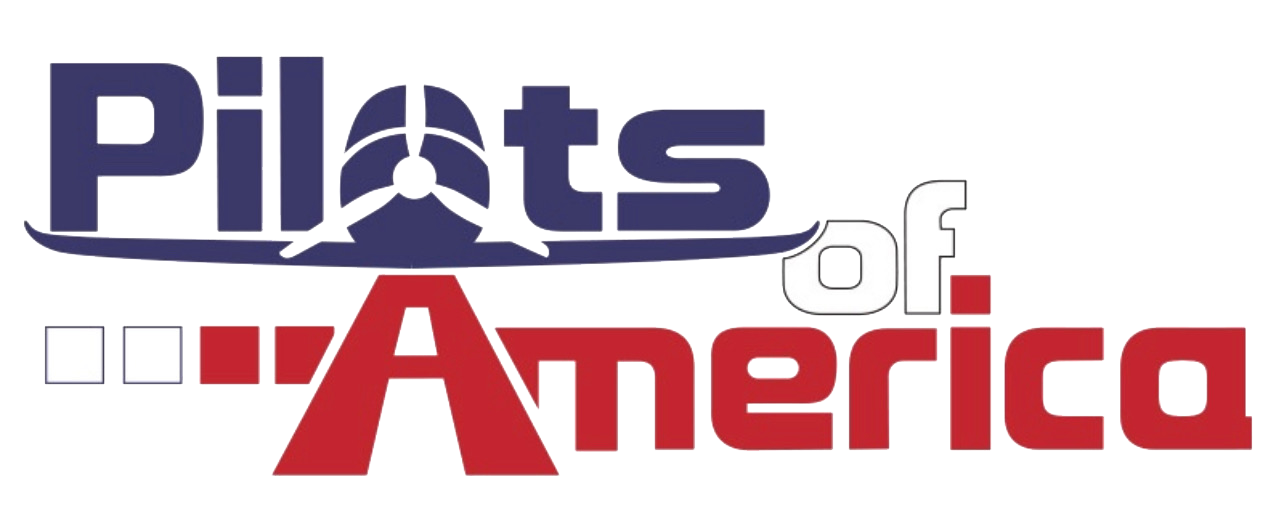Bird Man
Pre-takeoff checklist
I've never used my cell phone in flight other then tracking GPS with downloaded sectionals on FltPlan Go...
So... What's the highest altitude the cell towers will work?
Text messages, 4G use to google something, make a phone call?
So... What's the highest altitude the cell towers will work?
Text messages, 4G use to google something, make a phone call?
